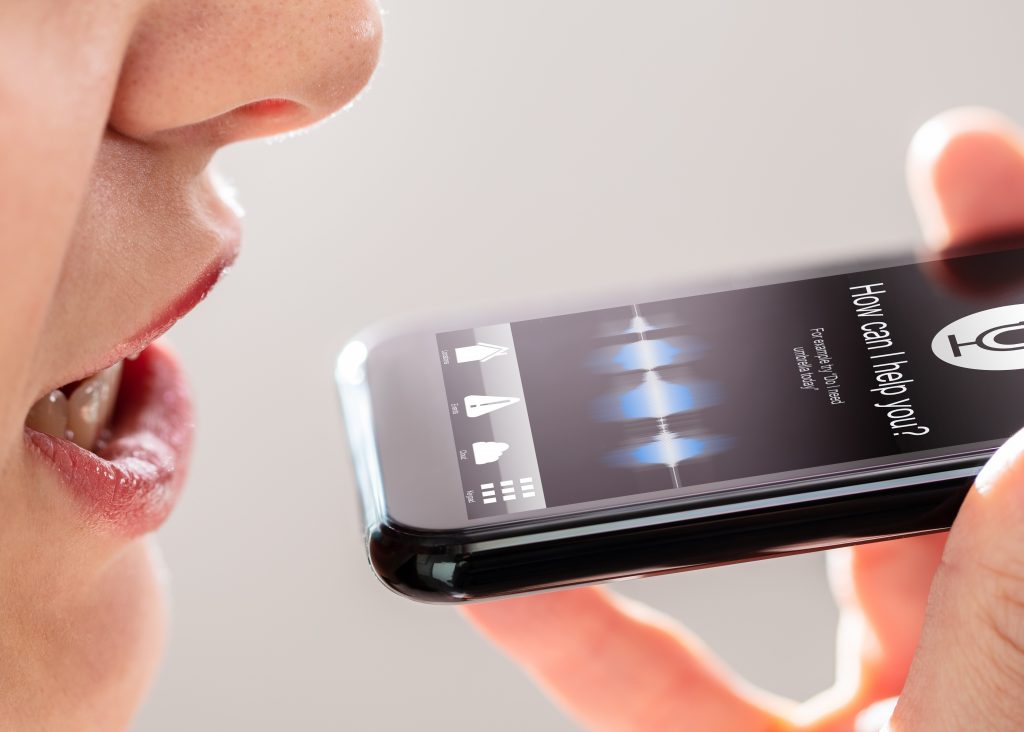
Anyone who’d unfamiliar with Siri or Alexa these days will have had to very consciously done something to stay so totally out of touch with how voice searches are entirely commonplace nowadays. Even if you’re not among the hundreds of thousands who make use of virtual assistants this way every day, you really can’t not know of them. It’s true that advances in digital and Internet technologies are coming fast and furious these days, however, so for some who aren’t keeners these sorts of things may arrive on their radar much later.Well, as you might imagine given that we’re a Canadian web hosting provider, the lot of us at 4GoodHosting are totally keeners for this sort of stuff as it factors into the way we make decisions on what we do with our product and services. That’s going to be true for a whole lot of people who rely on the Information Superhighway to make them visible for ‘searcher’s on the lookout for whatever it is they have to offer.
And so here we are with a number of figures that bear out what we’re getting at here; the fact that mobile web browsing is outdistancing desktop variations is well established, and now we’re also seeing that more and more often those mobile web browsers are utilizing voice search on their devices.
Voice Search Becoming Commonplace
It’s being reported that more than 50 percent of all smartphone users will utilize voice technology on their devices over the course of the rest of this year. There’s no debating that voice and visual search tools have completely transformed the way we use the internet, and that half figure there indicates that the transformation is definitely being well received. We’re at a point now where using our mouths and eyes to guide searches has transformed how we find desired information, items, and whatever else it is we have access to on that Superhighway.
We may be just a quarter of the way through, but 2020 is already proving to be a big year for internet development. Whether it’s huge gains in major data storage expansion capacities or the way cloud computing has been redefined across the board, this year is likely going to be looked back as one where we say some really big leaps.
There is no doubt that expansions are underway for further developing and improving our voice and visual search options. What’s the significance of that? Well, it is going to open the door for more inclusion and opportunities for internet users all over the world.
A Look Back at the Beginnings for Voice And Visual Search
We had our first try with voice search made available to us in 2011, and courtesy of - surprise, surprise - Google. It’s fair to say that at first it was really only a novelty. Most people were never going to foresee this new and unknown feature helping them navigate their devices and the web. Speech recognition technology improved, however, and with those improvements came applied technologies that ever greater numbers of people started paying attention to.
Fast forward 9 years to today, and most tasks are unimaginable without voice search technology. So much so that voice has surged to the forefront of search marketing.
How About Visual
Visual search comes very a different place conceptually, and some say it is designed in accordance with the fact most human beings are very visual in nature. It has been said that the future of search will be about pictures, rather than keywords, and it seems as if this was an accurate foresight. We’re now seeing retail giants investing in quality visual search technology to help their customers find exactly what they need, and finding it as directly as possible. Look no further than how many retailers have a function on their website where consumers can now take a photo of an item or image and quickly purchase that product, or search for similar ones in the same portal.
Effectiveness Of Using Words And Sight
A recent study from our friends over at HubSpot found that the average person can recall 65% of the visual content they see nearly 72 hours later. That provides a lot of the rationale for the way companies have invested into visual search technologies. Telecommunications infrastructure relies on network cabling to transmit this data, and we’re at a point where this technology has grown rapidly to allow for a vast amount of data to be in transit at all times.
There’s a lot that goes into this process, but the long and short of it is that we now have networking systems that allows us to take the words and pictures in our heads and turn them into directional tasks. It’s making search engines work for us more in line with how we naturally operate with something of a ‘this is exactly what I’m envisioning, what do you have that’s like it’ kind of methodology guiding the development.
Moving Everyone Forward
Then there’s the way that hearing and vision-impaired individuals have used voice and visual technologies to help them communicate with the world for a long time now. Voice and visual search technology have great potential to make the internet much more friendly to people with disabilities. By removing the need for functioning hands to type or eyes to read keys, these advances are making everything from ordering food to purchasing medical supplies a whole lot more possible and less demanding for the individual.
A more accessible internet is one that will not only be even more cemented in day-to-day existences and operations, but one that will serve every individual who has a need. Even if they don’t have the same abilities as others when it comes to using devices as effectively. The expansion of voice and visual search options is sure to continue to surprise us for years to come, and it’s an interesting time to be taking in the speed with which all of these game-changing developments are occurring.











